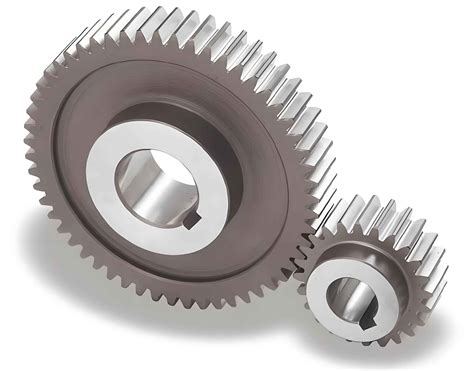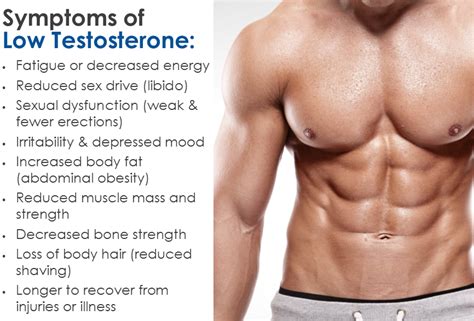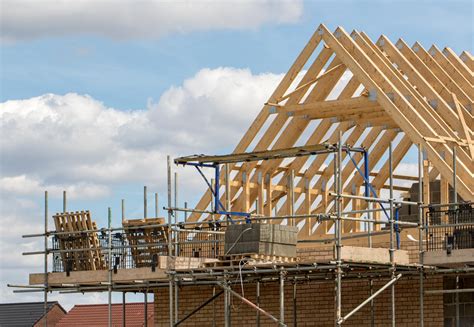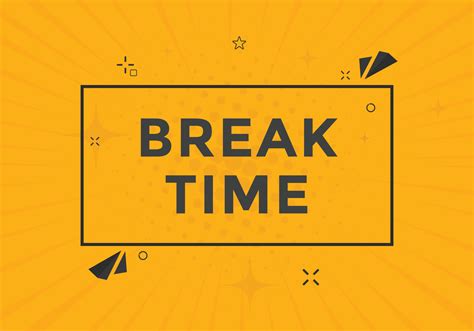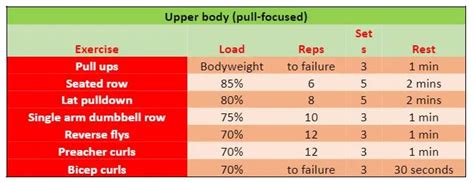Optimize progressive overload: Break plateaus for peak strength gains?

The Unsung Hero of Strength: What is Progressive Overload?
For anyone serious about building strength, muscle, and improving their physique, progressive overload isn’t just a concept; it’s the fundamental principle. At its core, progressive overload means continually increasing the demands on your muscles over time. Without this constant challenge, your body has no reason to adapt, grow stronger, or build more muscle. It’s the engine that drives all physical adaptation in resistance training, pushing your limits incrementally to achieve new levels of performance.
This isn’t just about lifting heavier weights every session. While increasing load is the most common form, progressive overload encompasses a variety of methods. It could mean increasing repetitions with the same weight, performing more sets, reducing rest times between sets, improving exercise technique, increasing training frequency, or even enhancing your overall workout volume. Understanding these different levers is crucial for long-term progress.

Why Your Gains Stall: The Plateau Phenomenon
Every lifter, from novice to elite, eventually encounters a training plateau. These frustrating periods occur when your body has fully adapted to your current training stimulus, and simply repeating the same workout routine no longer yields the desired results. Plateaus can be caused by various factors, including insufficient recovery, inadequate nutrition, overtraining, a lack of variety in your routine, or simply failing to apply progressive overload effectively over an extended period.
Recognizing a plateau is the first step towards breaking it. If your strength numbers haven’t moved in weeks, your perceived exertion for familiar weights has increased disproportionately, or you’re experiencing chronic fatigue, it’s a clear signal that your body needs a new stimulus. Ignoring these signs can lead to demotivation, injury, or even regression in your strength and muscle gains.
Breaking Through: Advanced Progressive Overload Strategies
When the usual methods of adding weight or reps no longer work, it’s time to get strategic. Here are advanced progressive overload tactics to reignite your progress and smash through plateaus:
- Vary Rep Ranges & Intensity: Don’t just stick to 8-12 reps. Incorporate strength blocks (3-6 reps) with heavier loads and hypertrophy blocks (10-15+ reps) with moderate weights. Periodizing your training can shock the system and develop different physiological adaptations.
- Increase Volume & Frequency: Gradually add more sets or workout days for specific muscle groups. Be cautious with this, ensuring adequate recovery.
- Manipulate Tempo & Time Under Tension (TUT): Slow down the eccentric (lowering) phase of a lift or pause at peak contraction. Increasing the time your muscles spend under tension can significantly enhance muscle growth without necessarily increasing the weight.
- Employ Advanced Techniques: Drop sets, supersets, giant sets, rest-pause sets, and forced reps can all extend a set beyond normal failure, providing an intense new stimulus. Use these sparingly and strategically.
- Deloads & Periodization: Sometimes, less is more. Scheduled deload weeks (reducing intensity or volume) allow your body to fully recover and supercompensate, often leading to a breakthrough when you return to heavier training. Structured periodization plans cycle through different training phases (e.g., accumulation, intensification, deload).
- Exercise Variation & Rotation: While compound movements are king, occasionally swapping out an exercise for a similar but different movement can stimulate muscles in new ways (e.g., barbell bench press to dumbbell bench press, or conventional deadlift to sumo deadlift).

The Holistic Approach: Recovery, Nutrition, and Mindset
Optimizing progressive overload isn’t just about what happens in the gym; it’s heavily influenced by what happens outside of it. Adequate recovery is paramount. Prioritize 7-9 hours of quality sleep per night, as this is when most muscle repair and growth occurs. Proper nutrition, especially sufficient protein intake, provides the building blocks for muscle repair and adaptation.

Furthermore, managing stress, staying hydrated, and maintaining a positive, patient mindset are often overlooked but critical components. Overtraining can often be a symptom of under-recovering. Listen to your body, understand its signals, and make adjustments to your lifestyle as needed.
Consistency and Adaptability: The Keys to Long-Term Gains
Breaking plateaus and achieving peak strength gains is not a linear process. There will be ups and downs, periods of rapid progress, and frustrating stalls. The true art of progressive overload lies in consistent application, combined with the adaptability to change your approach when necessary. Don’t be afraid to experiment with different methods, track your progress diligently, and learn what your body responds to best.
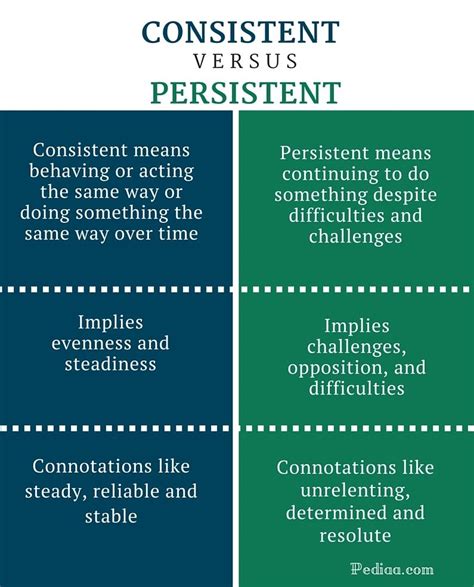
Remember, the goal is not to exhaust yourself every session, but to provide just enough stimulus for your body to adapt and grow stronger over time. By intelligently applying progressive overload, varying your strategies, and prioritizing recovery, you can effectively break through training plateaus and continue your journey towards peak strength and optimal performance.



